Disclaimer: In this article, for the sake of simplicity and consistency, we will be using the term “homosexual” as a blanket term to represent all queer, bisexual, pansexual, questioning, and other non-heterosexual orientations. If you would like to learn more, you can read our Sexual Orientation and Gender Identity article. If you need resources or support, you can visit our Support Groups and Organizations page, as well as our Resources page.
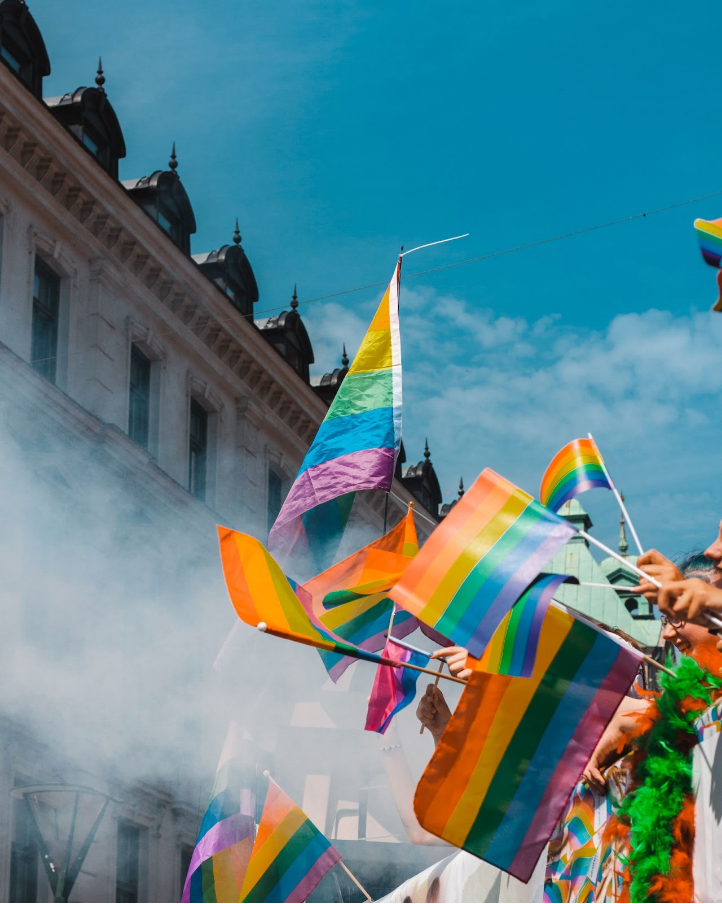
World religions have varying views on sexual orientations that deviate from monogamous heterosexuality. The Abrahamic religions (Islam, Christianity, Judaism) have traditionally expressed disapproval towards homosexuals, whereas in many eastern religions such as Hinduism, homosexuality is accepted.1 Societal acceptance of homosexuals is often correlated with religious attitudes about homosexuals. In fact, religious identification is one of the most powerful predictors of an individual’s attitude towards homosexuality.2 The relationship between religions and homosexuality is complex and has fluctuated immensely throughout time. Every faith holds a unique view on sexuality that has come to shape how we perceive sex. Oftentimes, these convictions are adjusted as we adapt to the diversity of sexual expressions in the world.
Table of Contents
Discrimination Against Homosexuals on Religious Grounds
For centuries, legislation has tried to restrict sexual acts like sodomy and polygamy on religious or moral grounds. The United States, for example, had laws against sodomy in most states up until the 20th century and still outlaws polygamy. Such harsh ordinances often stem from strict religious practices that advocate celibacy, monogamy, and heterosexuality. This emphasis on piousness has consequently created a hierarchy of purity where normal and healthy sex is defined as heterosexual, married, monogamous, and intended for reproduction. As a result, polyamorous and homosexual sex, as well as sex outside of marriage, have been labeled as abnormal, repulsive, and punishable by law. These notions of “normalcy” are based on documents written centuries and millennia ago when mankind lacked a complete understanding of the wide spectrum of sexuality. As our world progresses, more people now appreciate that all forms of sexual orientation, gender identity, and relationships are natural and healthy, and that they should be treated equally under the law. Unfortunately, many people and governments still fail to accept this, leading to the continued discrimination of LGBTQ people.
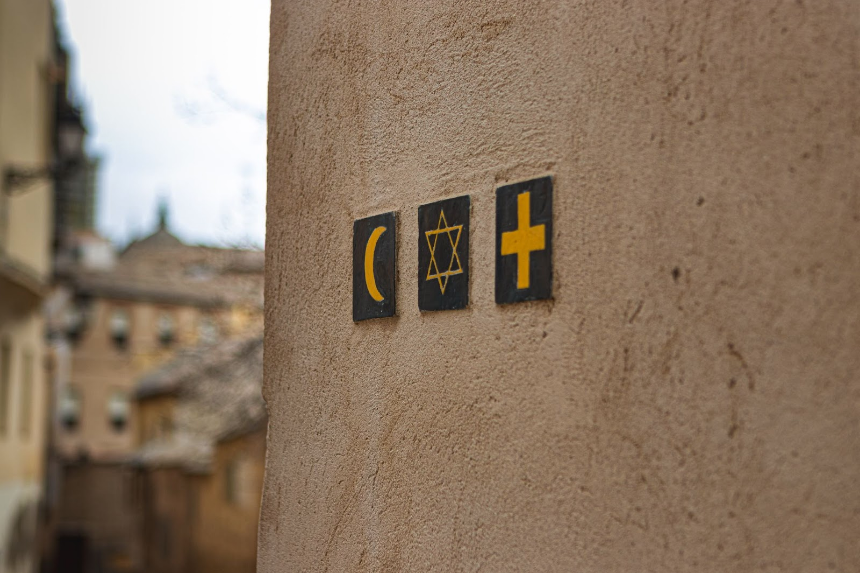
Because many religious groups have negative attitudes toward homosexuality, some people use their religious beliefs as an excuse for their own homophobia. These people are intolerant of homosexuality regardless of their spiritual views and use their religion to provide justification for their hateful and discriminatory attitudes against LGBTQ people. Some ministries offer prayer-based conversion, or “praying the gay away.” This strategy asserts that meditation, prayer, and repentance can change one’s sexual orientation. However, in 2009 the American Psychological Association concluded that there is zero evidence of success of any conversion treatment and that many may actually be harmful, causing increased signs of depression and thoughts of suicide.7 Individuals who fall outside of this traditional box —including unmarried, polyamorous, or queer-identified people—may feel anxious about the fact that their sexuality does not perfectly align with these spiritual mandates. Some individuals feel torn between the morals and rules they were raised with and who they are. When a great deal of one’s ethics are based on their faith, it may directly conflict with their identity as a non-virgin, queer, or polyamorous individual. Mitigating tensions between religion and sexuality can be difficult, but knowing that gay and religious identities can coexist in harmony can be helpful. It is completely possible to be devout and sexually active, queer, or polyamorous. Though an individual may not follow their religious doctrines down to the last word in terms of sexuality, one can still structure their life around the premises of respect and love that are the foundation for many faiths around the world.
Major Religions’ Approaches to Homosexuality
Different religions have taken a wide range of perspectives on sexuality. Here, we explore how some world religions view homosexuality.
Christianity
Christianity has one of the most prominent and outspoken views on homosexuality. Some Christian denominations use passages from both the Old and New testaments to support their claims that homosexuality is a sin.8 However, many popular translations of the Bible misconstrued the meaning of the original writing by taking it out of historical context, contributing to the sinful narrative surrounding homosexuality.8 This conservative discourse has brought about many of the limitations and stigmas around sexuality in many Western societies today.
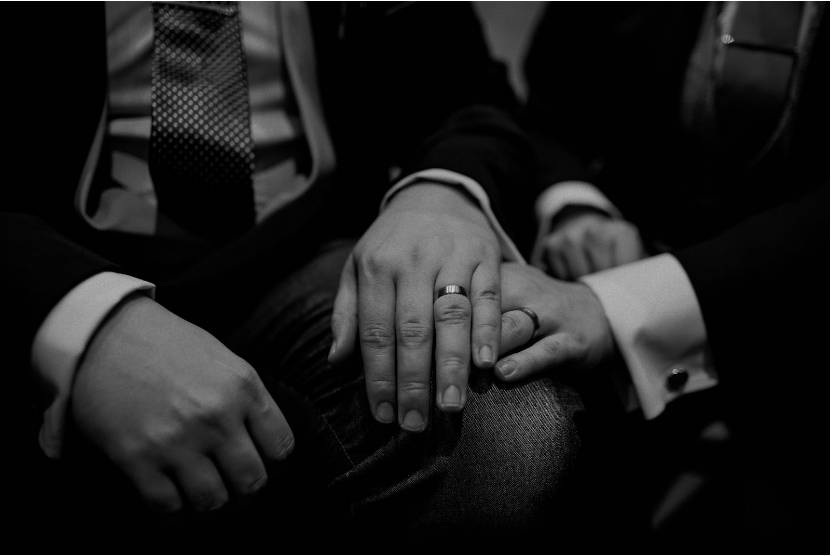
Traditionally, Christianity has emphasized a need to be chaste and adhere to heterosexual and marital norms and has labeled those who do not abide as sinners. Homosexual couples, therefore, are excluded from the sacrament of matrimony. In spite of this, many modern Christians are accepting of homosexuals and same-sex marriage, saying that Jesus taught to love thy neighbor. The Episcopal Church, the Evangelical Lutheran Church of America, the Unitarian Universalist Associations of Congregations, and the United Church of Christ all affirm the right of same-sex couples to marry.1 There are many diverse groups and individuals who belong to the Christian faith and they all have their own views on sexuality. For example, the current Pope has opinions that are distinct from his predecessors. Pope Francis, the highest authority in the Catholic Church has publicly stated that he does not judge gay people if they maintain their faith, despite the Catholic Church’s history of disapproval of homosexuality.9
Judaism
Jewish views on homosexuality are based on passages in the Torah and are interpreted in rabbinical teachings. Orthodox Judaism relies heavily on gender and sexual roles based on the gender binary of men and women in its practice, so making any deviation from the heterosexual norm is unwelcome.10 Orthodoxy also prohibits gender-affirming surgery for transgender people because of anti-castration laws and the belief that the body, as a gift from God, should not be altered.10 However, many Orthodox rabbis and congregations are personally accepting of homosexuals and condemn actions of discrimination against homosexuals.10 Other denominations of Judaism are generally more accepting of homosexuals. These include Reform, Reconstructionist, and Conservative (also known as the Masorti Movement outside the US and Canada).11 In 1977, two Reform organizations, the Central Conference of American Rabbis and the Union for Reform Judaism, announced their support for the LGBTQ community and declared homosexuals equal under the law.12 Reconstructionists are the most inclusive and welcoming; they are been the first seminary to admit LGBTQ students and are inclusive of transgender individuals in their practice.13 Conservative Judaism stated its desire to work towards equality for homosexuals in 1990 although some conservative congregations are more welcoming than others.11
Islam
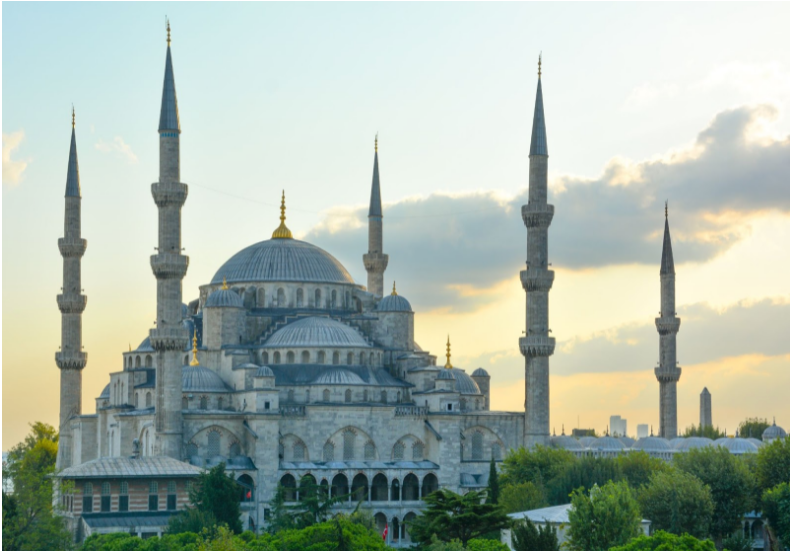
There is a great deal of variety in the Islamic faith regarding homosexuality, due to the fact that Muslims do not have a central source of authority and due to the incredible diversity of Muslims. As a polylithic (consisting of many different facets) faith, Islam allows for a diverse range of beliefs. In general, homosexual and transgender Muslims have a hard time finding acceptance at their local Mosques due to the insistence on heteronormativity dictated by cultural norms and traditional interpretations of the Qu’ran.14 However, 52% of American Muslims believe same-sex marriage should be legal and there is a growing movement led by queer Muslims to make Islam more inclusive.14 In terms of other forms of deviancy, Muslims are generally more tolerant. For example, some Muslims are more accepting of transgender people than homosexuals because they believe someone is born as transgender, but chooses to be homosexual.14 Still, it can be hard for someone who is transgender to feel completely accepted within the Muslim community. Although the Qu’ran is up to an individual’s interpretation, many of the countries that criminalize homosexuality are predominantly Muslim countries.4 This contributes to the traditional culture of heteronormativity in Islam.
Buddhism
There is little discussion on the matter of sex in the teachings of Buddha; instead, most publications focus on enlightenment. There are several paths to enlightenment and sexual expression constitutes one of these. One of the five main precepts Buddhists voluntarily accepts is to “undertake the training to refrain from using sexual behavior in ways that are harmful to myself and to others. I will attempt to express my sexuality in ways that are beneficial and bring joy.”17 It does not specify the gender of each partner and thus does not explicitly condemn homosexuality. Rather, it merely preaches against sexual misconduct such as adultery and nonconsensual acts. Since homosexuality is not directly addressed in the Buddhist texts and there is no central governing body for Buddhism, Hindu people hold a variety of beliefs about homosexuality.17
Hinduism

Unlike Christianity, Judaism, and Islam, there are no Hindu texts that are used to condemn homosexuality. Hinduism recognizes that each human has their own individual romantic and sexual attraction, and does not discriminate based on same-sex partnership.15 In Hinduism, each soul has an equal ability to progress spiritually throughout their many lives, regardless of their bodily attributes.15 The Kama Sutra, a Hindu guide to pleasure, depicts and describes many sexual encounters including homosexual sex acts and encourages readers to engage in and enjoy these acts.16 Many Hindu temples display carvings of both men and women engaging in homosexual sex. For Hindus, homosexuality is regarded as one of many possible expressions of human desire. This refreshing take on sexuality has empowered many who believe in a higher power but have not felt that their religion adequately encompasses their sexual orientation.
Furthermore, Hindu philosophy recognizes the existence of a third gender, one in which people embody a mixture of masculinity and femininity and participate in non-reproductive sex.14 Members of this third gender, called hijras, are sometimes said to have divine powers and insights.16 Although Hinduism is welcoming and accepting of homosexuals, many members of Hindu society personally hold that homosexuality is wrong. This is largely a residual effect of British colonialism in India.16 British law criminalized homosexuality and was enforced in India during the colonial period. These laws stuck around after independence and left a legacy of homophobic sentiment within the Hindu community there.16
Native American Religions
Many Native American tribes recognize a third gender called two-spirit. The word “two-spirit” originated as a term for men who performed women’s duties and women who performed men’s duties.18 The term has evolved to refer to an individual who expresses both masculine and feminine traits and includes intersex individuals.6 Two-spirits had specialized roles in the tribal community. Since their two-spiritedness was viewed as a result of supernatural intervention, two-spirit people often filled roles such as shaman and healer.6 After the colonization of the Americas and the genocide of Native Americans, the two-spirit identity was lost from many indigenous communities as they were forced to assimilate to white American culture.18 Modern two-spirit inclusive movements have helped the native community revive their culture and have helped transgender and non-binary Native Americans to find acceptance in their heritage.18
Increasing Acceptance of Homosexuality Within Major Religions
Despite many religious groups’ institutional disapproval of homosexuality, there has been major progress in increasing acceptance of homosexuals and homosexual behavior, particularly within the Christian faith. Current trends in Christianity point toward homosexuals becoming more accepted and included in the community. These trends are the result of behavioral science and society re-defining what is normal and natural (i.e. homosexuality is a perfectly normal and healthy sexual identity and form of expression). Although most Christian churches still view sex as a means of procreation first and foremost, ideas of sex as a means to pleasure and intimacy have been surfacing, leading to Christians accepting more diverse forms of sexuality.
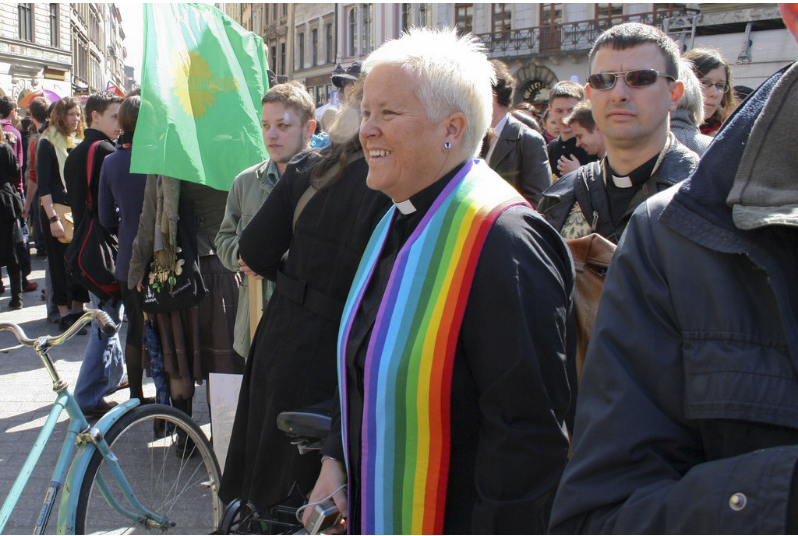
The Catholic Church has also undergone some changes leading to an increased acceptance of homosexuality, namely due to the influence of Pope Francis. In September of 2013, Pope Francis stated “If someone is gay and searches for the Lord and has good will, who am I to judge?”9 This statement stands in direct contradiction to the Church’s previous attitudes toward homosexuality. In fact, the previous year, Pope Benedict XVI publicly announced that gay marriage was a threat to global peace.9 Pope Francis’ relative lack of judgment of homosexuals is the largest stride toward full acceptance the Catholic Church has ever made, and hopefully will only lead to more accepting attitudes in the future.
Homosexuality is also becoming more widely accepted in Muslim communities in countries with more liberal views of homosexuality such as the United States and Canada.14 Progress made by movements led by queer Muslims have helped make the experience of being a queer Muslim better. Liberal Muslim communities have established Unity Mosques that are accepting of all sexual identies and expressions and that will perform same-sex weddings.14 These mosques represent great strides in the acceptance of LGBTQ people in Islamic communities.
Concluding Remarks
Just as there are countless diverse religions and belief systems, there are also countless different religious outlooks on homosexuality. Although many of these outlooksseem to be discriminatory or homophobic, many religious institutions are re-examining and modifying their stance on homosexuality in order to be more inclusive and adaptable to modern sexuality in all its expressions. Integrating a homosexual identity with other intersectional identities like religion and culture may require some time, but it can be an extremely fulfilling and successful process. Slow but steady progress is being made as the relationship between sexuality and religion continues to evolve. A person does not need to choose between authentic sexual expression and their faith. Religion and sexuality are two extremely important facets of an individual’s identity and the two can coexist peacefully and provide immense personal fulfillment and satisfaction.
Resources
Muslim Alliance for Sexual and Gender Diversity
Muslims for Progressive Values
Keshet, for LGBTQ equality in Jewish life
Eshel, for LGBTQ acceptance in Orthodox communities
Nehirim, LGBTQ Jews committed to a more inclusive future
Gay & Lesbian Vaishnava Association
The Fellowship, a coalition of Christian churches dedicated to radically inclusive ministry
Believe Out Loud, online community of Christians working towards LGBTQ equality
2-Spirit Collective – Urban Native Youth Association
References
- Pew Research Center. (2012, December 7). Religious Groups’ Official Position on Same Sex Marriage.
- Adamczyk, A., & Pitt, C. (2009). Shaping attitudes about homosexuality: The role of religion and cultural context. Social Science Research, 38(2), 338-351.
- Reality Check Team. (2021, May 12). Homosexuality: The countries where its illegal to be gay. BBC News.
- Religion Facts. (2021, January 31). Islam and Homosexuality.
- Pew Research Center. (2019, May 14). Attitudes on Same-Sex Marriage.
- Indian Health Service. Two Spirit.
- American Psychological Association. (2009). Resolution on Appropriate Affirmative Responses to Sexual Orientation Distress and Change Efforts.
- Markham, Myles. (2011). What Does the Bible Say about Homosexuality?. Human Rights Campaign.
- Hale, J. Christopher (2015). The Pope Francis Statement That Changed the Church on LGBT Issues. Time Magazine.
- Human Rights Campaign. Stances of Faith on LGBTQ Issues: Orthodox Judaism.
- Human Rights Campaign. Stances of Faith on LGBTQ Issues: Conservative Judaism.
- Human Rights Campaign. Stances of Faith on LGBTQ Issues: Reform Judaism.
- Human Rights Campaign. Stances of Faith on LGBTQ Issues: Reconstructionist Judaism.
- Human Rights Campaign. Stances of Faith on LGBTQ Issues: Islam – Sunni and Shi’a
- Hindu American Foundation. (2019, November 26). HAF Policy Brief: Hindu Teachings Inclusive of LGBTQ people.
- Human Rights Campaign. Stances of Faith on LGBTQ Issues: Hinduism
- Human Rights Campaign. Stances of Faith on LGBTQ Issues: Buddhism
- Davis-Young, Katherine. (2019, March 29). For many Native Americans, embracing LGBT members is a return to the past. The Washington Post.
Last Updated: 3 March 2022.
